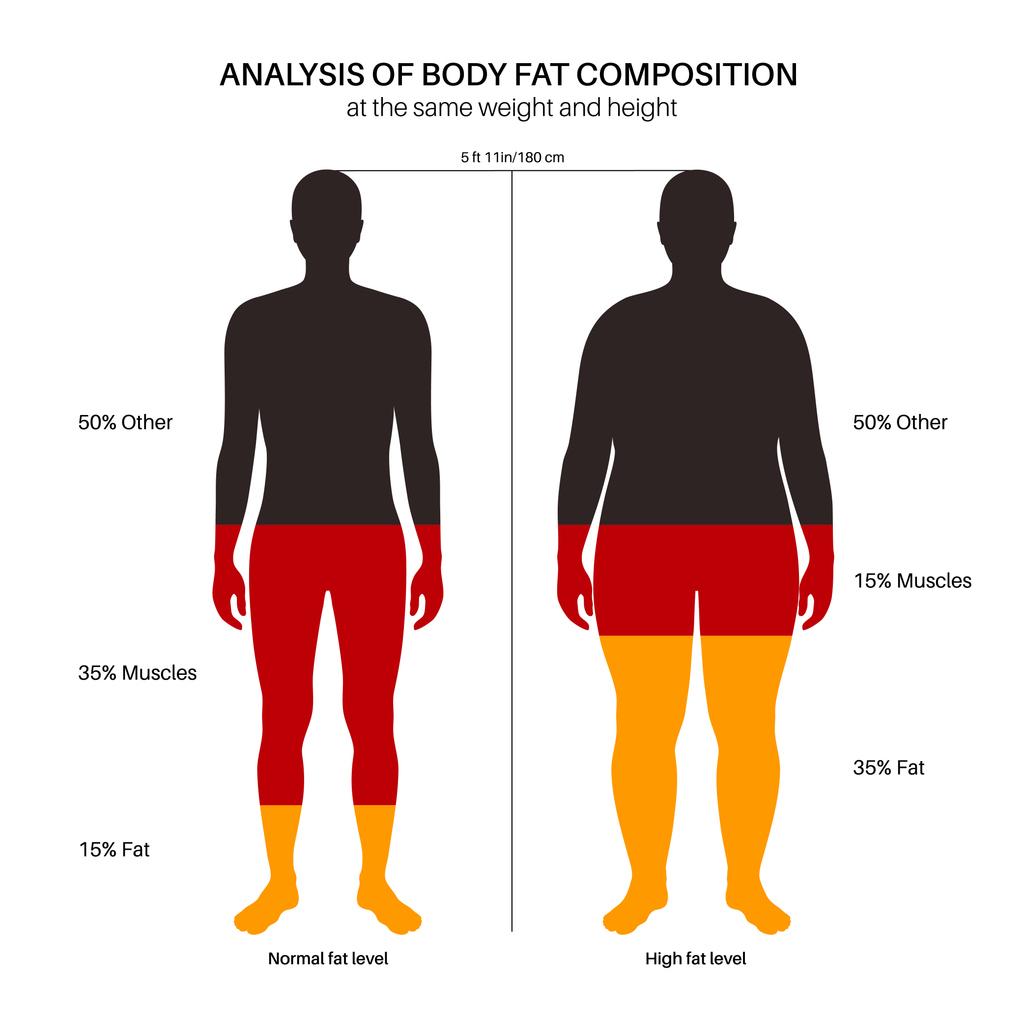In the journey towards achieving your weight loss goals, maintaining motivation can often be as challenging as the process itself. Enter the weight loss tracker—a powerful tool designed to help you stay focused, accountable, and informed throughout your fitness journey. This article delves into the strategies and benefits of using a weight loss tracker effectively, empowering you to harness its full potential. Whether you’re just starting out or looking to enhance your current regimen, understanding how to leverage this technology can be a game-changer in your pursuit of a healthier lifestyle. With an authoritative approach, we will guide you through the essential steps to keep your motivation high, ensuring your path to weight loss is both structured and sustainable.
Understanding the Role of Weight Loss Trackers in Achieving Your Goals
In the quest for a healthier lifestyle, weight loss trackers have emerged as powerful allies, transforming how we approach our fitness journeys. These digital companions do more than just log your progress; they provide insightful data that can guide your decisions and help you stay accountable. By offering real-time feedback, trackers empower you to identify patterns, celebrate victories, and address setbacks with precision. To maximize their potential, it’s crucial to integrate them into your routine thoughtfully.
- Set Clear Goals: Define what you want to achieve, whether it’s shedding a specific number of pounds or increasing your daily step count. A tracker can help you monitor these targets effectively.
- Personalize Your Experience: Most trackers allow customization, so tailor the settings to fit your lifestyle and preferences. This ensures the data you receive is relevant and actionable.
- Regularly Review Your Data: Make it a habit to analyze your progress. Look for trends that indicate what’s working and what isn’t, and adjust your strategy accordingly.
By harnessing the full capabilities of a weight loss tracker, you not only gain a deeper understanding of your habits but also cultivate a sense of motivation and empowerment that can drive you toward your fitness goals.

Implementing Effective Tracking Strategies for Consistent Progress
To ensure your weight loss journey remains on a steady path, adopting a robust tracking strategy is crucial. A comprehensive tracker can transform data into actionable insights, providing you with a clear view of your progress and areas that need improvement. Begin by establishing specific, measurable goals—these act as your roadmap and help maintain focus. Regularly update your tracker with your daily activities, meals, and emotional triggers to identify patterns and make informed adjustments. This holistic approach allows you to pinpoint what truly works for you.
Enhance the effectiveness of your tracking strategy by incorporating the following elements:
- Visual Progress Indicators: Use graphs and charts to visualize your journey. This can be a powerful motivator as you watch your efforts translate into tangible results.
- Accountability Features: Share your progress with a trusted friend or community. This layer of accountability can drive you to stay committed to your objectives.
- Customizable Reminders: Set alerts for hydration, meals, and exercise. These reminders ensure you remain on track even on the busiest days.
- Reflective Journaling: Dedicate space for notes on your physical and mental state. This practice not only tracks your progress but also fosters mindfulness and self-awareness.
By integrating these components into your weight loss tracker, you set the stage for consistent progress and sustained motivation, making your journey both effective and rewarding.

Utilizing Data Insights to Overcome Weight Loss Plateaus
Breaking through weight loss plateaus can be challenging, but leveraging data insights from your weight loss tracker can provide the clarity and motivation needed to overcome them. Analyzing trends in your activity levels, calorie intake, and weight changes can help identify patterns or habits that may be hindering your progress. For instance, a sudden stall in weight loss might be attributed to an unnoticed increase in caloric intake or a decrease in physical activity. By adjusting these factors based on the data, you can strategically push past the plateau.
- Review your data regularly: Set aside time each week to analyze your tracker’s data, looking for patterns or deviations from your goals.
- Set micro-goals: Use insights to create small, achievable goals that align with your overall weight loss objectives, keeping your motivation high.
- Adjust your routine: Modify your exercise and meal plans based on data trends to introduce variety and prevent monotony.
- Celebrate small victories: Recognize improvements in areas like increased activity levels or better nutritional choices, even if the scale doesn’t move.
By consistently leveraging the insights from your weight loss tracker, you can not only break through plateaus but also develop a deeper understanding of your personal health journey. Stay informed, stay motivated, and let the data guide you to success.

Incorporating Positive Reinforcement Techniques to Maintain Motivation
To effectively use a weight loss tracker, it’s crucial to integrate positive reinforcement techniques that can keep you motivated throughout your journey. Recognizing and celebrating small victories can have a profound impact on your persistence and enthusiasm. Here are some strategies to incorporate:
- Set Milestone Rewards: Define specific milestones in your weight loss journey, such as losing 5 pounds or sticking to your exercise plan for a month. Reward yourself with non-food-related treats, like a new workout outfit or a spa day, once you achieve these goals.
- Daily Affirmations: Start each day with positive affirmations that reinforce your commitment to your health goals. Phrases like “I am committed to my health” or “Every step counts” can bolster your mindset.
- Visual Progress: Use your tracker to visualize progress. Color-coded charts or graphs can provide a clear picture of your achievements, making your progress tangible and more rewarding.
- Supportive Feedback: Share your progress with a supportive community, whether online or in-person. Positive feedback from others can serve as an additional source of motivation.
Incorporating these positive reinforcement techniques into your routine not only enhances motivation but also makes the process more enjoyable and sustainable. Remember, the key is to focus on progress, not perfection.
